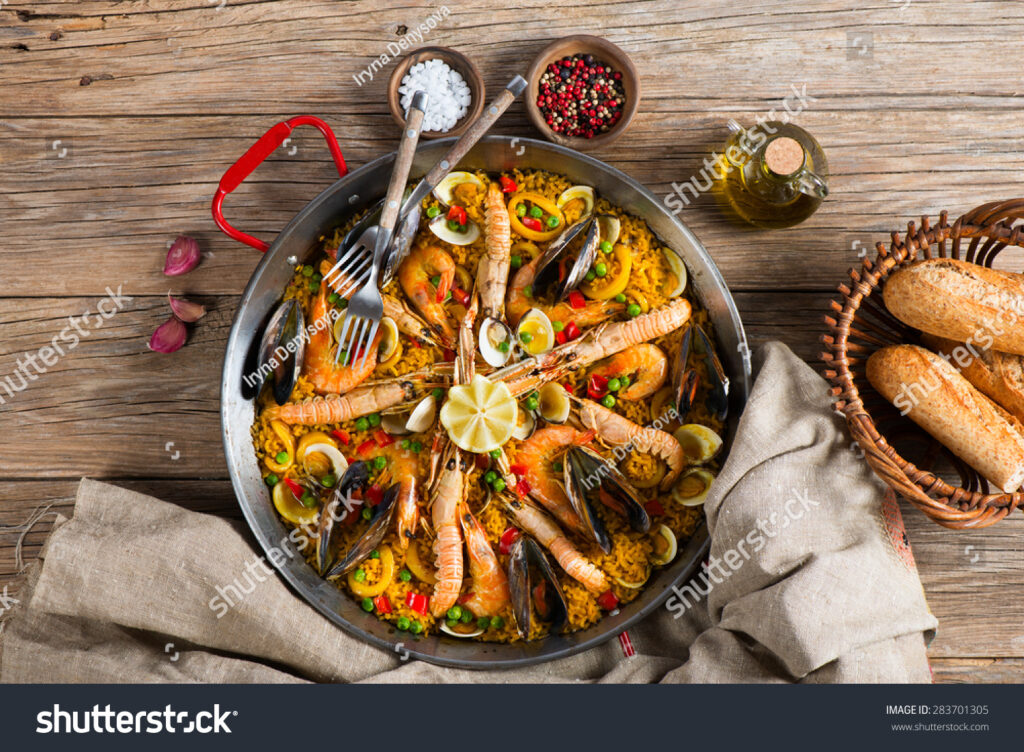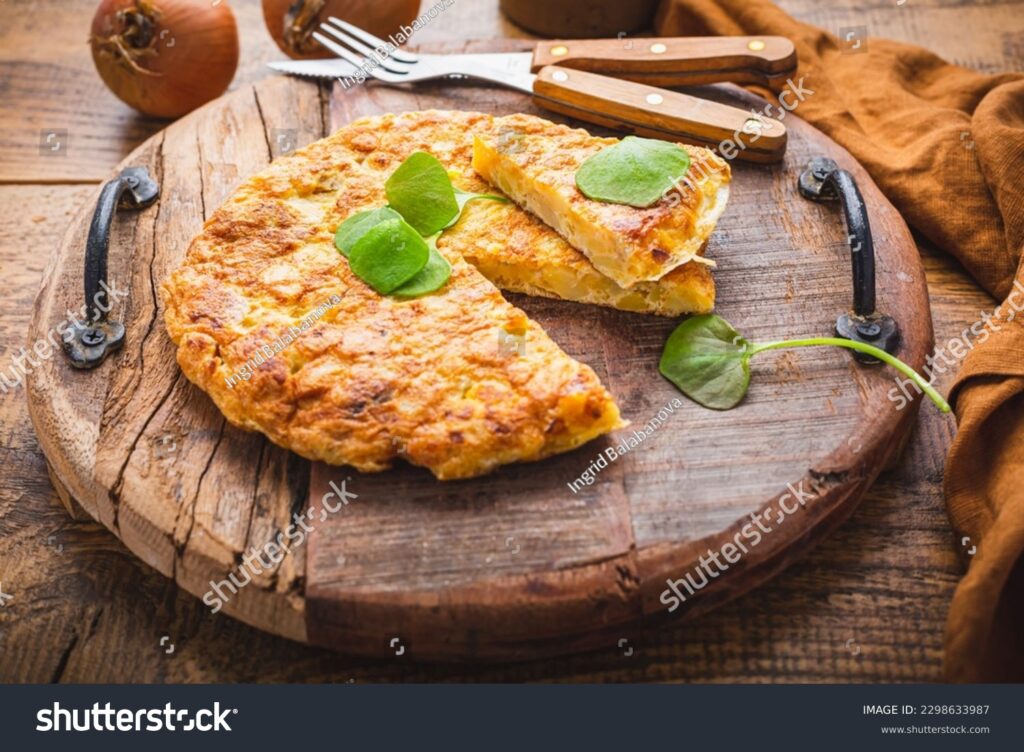A guide to Spanish cuisine
A guide to Spanish cuisine
Madrid comes alive as the evening air cools, the heat of the day lingering on the stone facades of the plazas. Spain thrives at this hour—a medley of clinking glasses, laughter, and the bustle of tapas being prepared. This is a country that embraces a slow rhythm, taking its time where it matters: at the table, among friends, with a chilled drink in hand and a dish that satisfies
Walk into any taberna, and locals can be found leaning against wooden bars, toothpicks skewering bites of jamón or slivers of Manchego. Food in Spain is not just sustenance—it’s a conversation, a ritual, a history lesson told through centuries-old recipes and locally sourced ingredients. Each region carries its own culinary identity, a reflection of its landscape and the people who have passed through it. In the Basque Country, seafood prevails; in Andalucía, Moorish traditions can still be found in the spices. But no dish is more emblematic of Spain’s culinary heritage than paella.

Paella is often misunderstood outside of Spain, where it has become a general term for any seafood-laden rice dish. But the original, born in the sunlit fields of Valencia, is something else entirely. Cooked in a shallow pan over an open flame, true paella is an earthy, saffron-infused meal, a balance of flavors that speaks to the ingenuity of those who first created it.
In a small village outside Valencia, a local chef prepares paella, arranging short-grain bomba rice, rabbit, chicken, and a handful of green beans. The fire crackles, and as the ingredients come together, the scent of saffron and smoked paprika fills the air. The rice cooks slowly, absorbing the flavor until a golden crust, the socarrat, forms at the bottom of the pan.
Tapas are central to Spain’s social dining culture. These small plates, meant to be shared, transform a meal into a communal experience. Whether it’s a bustling bar in Seville or a cozy tavern in Madrid, the tradition of hopping from one spot to another, sampling a variety of flavors, is a great way to eat.
A plate of pimientos de padrón arrives—some mild, some fiery, each lightly charred in olive oil and sprinkled with sea salt. Next, a dish of albondigas, meatballs simmered in a rich tomato sauce. The flavors are simple yet very enjoyable.
No matter where in Spain, one dish remains a constant presence: the tortilla española. At first glance, it’s unassuming—just eggs, potatoes, and onions cooked together into a thick, golden round.

In a family-run bar in San Sebastián, an elderly cook prepares tortillas as she has for decades. The key, she explains, is allowing time for the flavors to develop. The potatoes must be slowly cooked in olive oil until soft and creamy, the onions caramelized just enough to bring out their sweetness. The eggs, whisked to a smooth consistency, must be poured in at precisely the right moment, creating a dish that is both hearty and delicate. When served, the tortilla is warm and slightly runny in the center, paired with a piece of crusty bread.
While tradition holds firm in Spanish cuisine, there’s also a sense of innovation sweeping through its kitchens. From the molecular gastronomy of Ferran Adrià to the Michelin-starred restaurants of the Basque Country, Spain is at the forefront of the modern culinary world. Cities like Barcelona and Madrid are filled with chefs who honor the past while pushing boundaries, reinventing tapas with bold flavors and unexpected textures.
In a sleek, modern restaurant in Barcelona, an avant-garde take on gazpacho transforms the Andalusian cold soup into something nearly weightless. It’s a testament to the fact that while Spain’s culinary traditions run deep, they are constantly evolving, embracing new influences while staying true to their essence.
It’s late afternoon in Barcelona, and the sun casts a glow over the Gothic Quarter. Somewhere down a narrow alley, the scent of sizzling garlic and seafood lingers in the air. Your guide—someone who seems to know every hidden bar and bodega in town—leads you into a tapas joint, where the clink of glasses and murmur of Catalan fill the space.
You start with pan con tomate—crusty bread rubbed with ripe tomato, drizzled with olive oil, and finished with a touch of sea salt. Then, a plate of croquetas arrives, their crisp exterior giving way to a creamy, savory filling. Somewhere between bites, a glass of cava is poured, its sparkle cleansing your palate, preparing you for the next round.
This is Barcelona, a city where every meal tells a story. And on The 10 Tastings of Barcelona, you’re not just a traveler; you’re a participant in its story. You duck into a hidden bodega to sample jamón ibérico, aged for years and sliced so thin you can almost see through it. Next, pintxos at a bustling Basque-style tavern, where skewers of anchovies, olives, and peppers are a salty contrast to your vermouth.
In Madrid your culinary adventure takes a different turn. The streets of La Latina hum with energy as you weave through crowded markets and old-school tabernas. On The 10 Tastings of Madrid tour, a plate of patatas bravas—crispy, golden potatoes with a smoky, spicy sauce—arrives at your table. Then comes tortilla de patatas, soft and silky and rich in the center.
You sip on a glass of vermouth, its herbal notes bringing out the depth and character of the city’s cuisine. A stop at a traditional market introduces you to the scent of freshly baked napolitana pastries, their flaky layers hiding a rich chocolate filling. The journey continues with a visit to a historic tavern, where jamón ibérico pairs perfectly with a glass of Rioja.